Across the bustling cities and serene landscapes of modern China, a subtle yet profound practice endures, weaving together threads of ancient wisdom, mindful movement, and accessible health. This practice, known as Baduanjin, or the "Eight Pieces of Brocade," offers not the intensity of a strenuous workout but the gentle, restorative rhythm of a flowing silk ribbon. Its enduring appeal, stretching back centuries, lies precisely in this elegant simplicity and its remarkable capacity to nurture the whole person – body, breath, and spirit – making it increasingly relevant in today’s fast-paced global society.
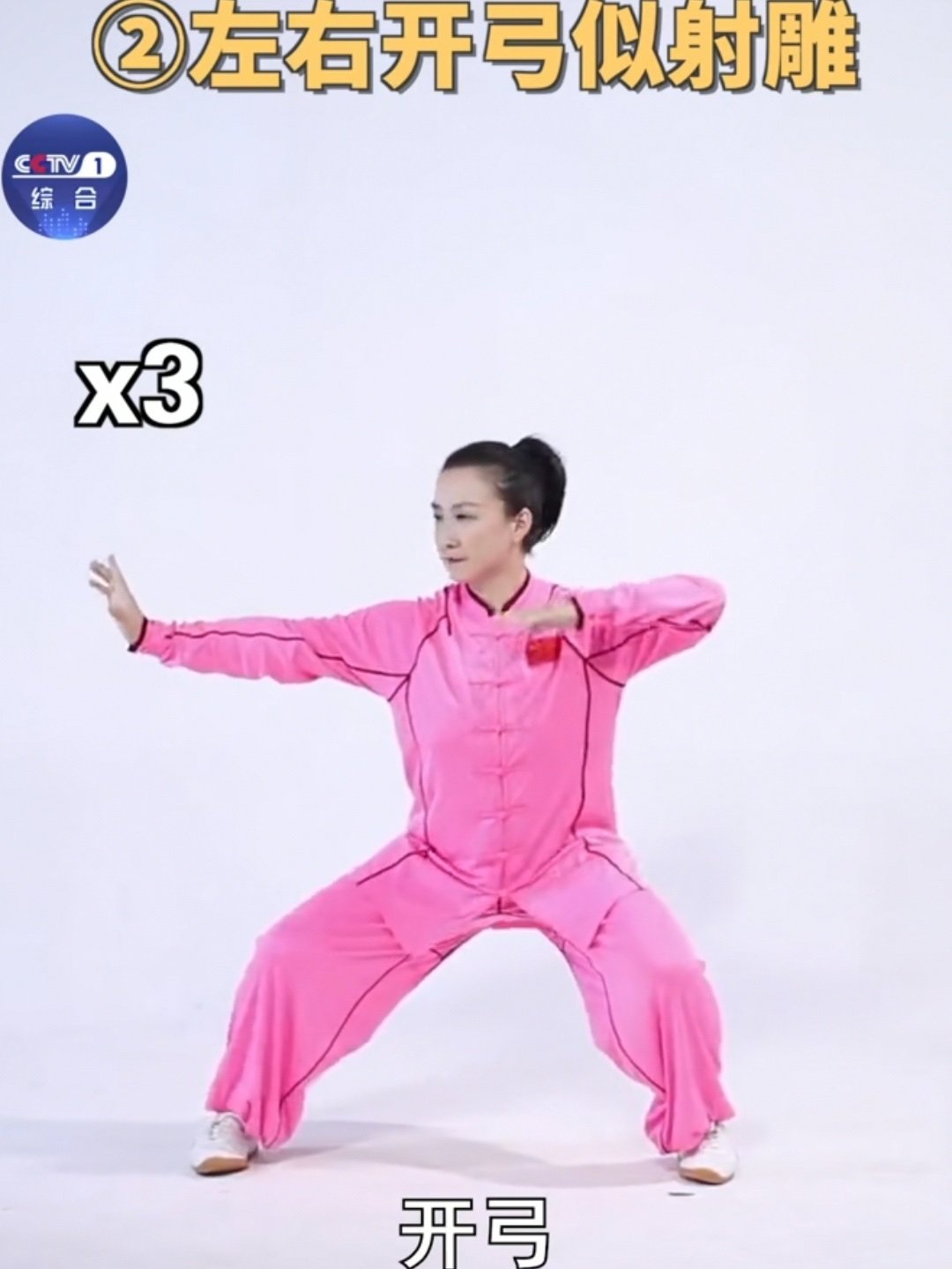
The origins of Baduanjin are steeped in the mists of Chinese history, likely emerging during the Song Dynasty (960-1279 AD) or even earlier. Deeply rooted in Traditional Chinese Medicine (TCM) principles and the holistic philosophies of Daoism, it was conceived as a form of daoyin – guiding and stretching exercises designed to cultivate qi (vital energy) and promote longevity. Early practitioners, often scholars, monks, or soldiers seeking physical resilience and mental clarity, recognized its power. Its name, "Eight Pieces of Brocade," evokes preciousness and intricate beauty, suggesting the priceless value of health and the elegant, interwoven nature of the exercises themselves. Unlike martial arts focused on combat or complex choreography demanding peak physical prowess, Baduanjin offered a universal key to well-being, accessible regardless of age, fitness level, or social standing. Its transmission through generations, often master to disciple or within families, preserved its core essence while allowing subtle regional variations to flourish, a testament to its inherent adaptability.
The very structure of Baduanjin embodies its foundational philosophy. Consisting of eight distinct, flowing movements performed sequentially in a standing position, each "piece" or posture targets specific meridians (energy pathways) and organ systems according to TCM theory. The sequence typically begins gently, preparing the body and mind, builds in intensity through movements that stretch and strengthen, and concludes with calming motions that integrate the practice's benefits. Crucially, the magic of Baduanjin unfolds not through speed or force, but through mindful slowness, deep diaphragmatic breathing synchronized precisely with each transition, and a focused awareness on the subtle sensations within the body. The practitioner learns to move with deliberate grace, maintaining a grounded stance and a mind free from distraction, transforming simple motions into a moving meditation. This unhurried pace allows the connective tissues – tendons and ligaments – to lengthen safely, joints to mobilize gently, and the nervous system to shift from stress response into a state of calm alertness. The breath becomes the thread linking movement and intention, guiding qi flow and deepening the sense of inner quietude essential for its therapeutic effects.
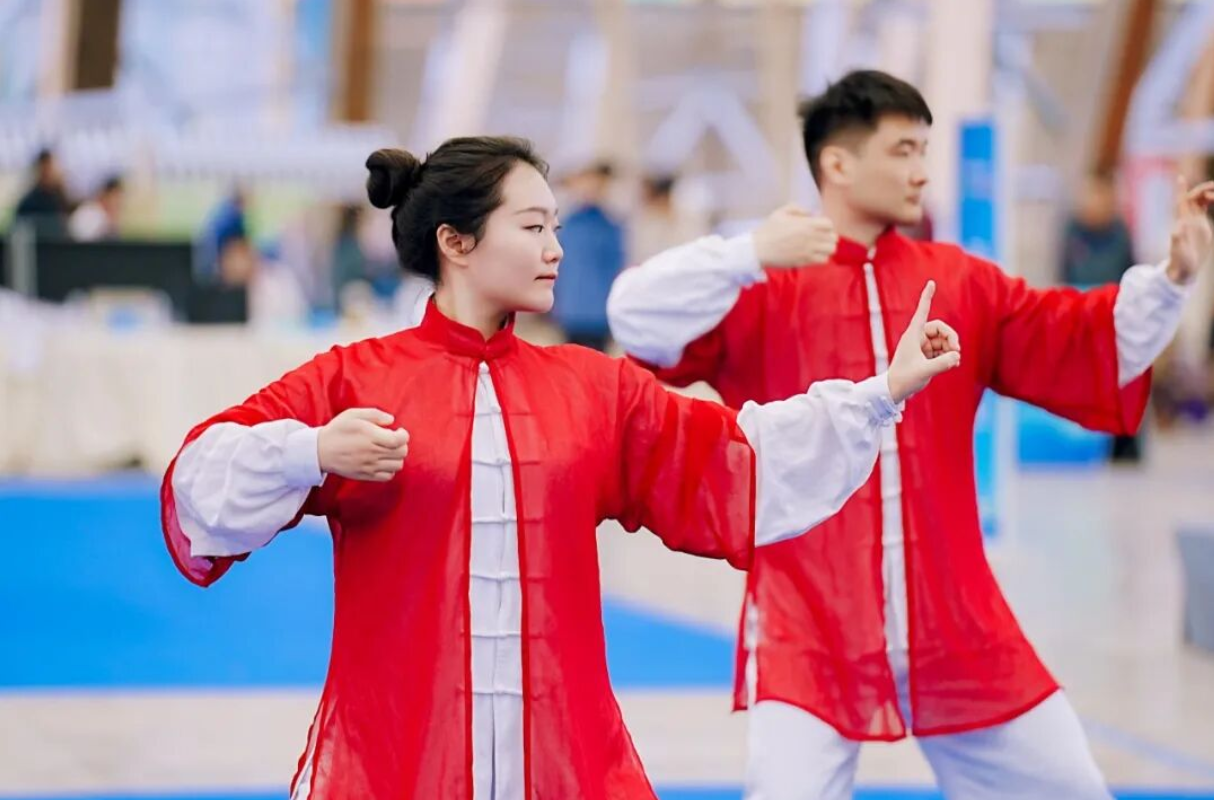
The profound and wide-ranging health benefits attributed to Baduanjin are now increasingly corroborated by modern scientific research, bridging ancient wisdom with contemporary understanding. Regular, dedicated practice yields tangible improvements in physical flexibility and joint mobility, particularly benefiting the spine, shoulders, hips, and knees. The controlled, weight-bearing postures inherently build functional strength, especially in the legs and core, enhancing stability and balance – a critical factor in preventing falls, particularly for older adults. Its gentle cardiovascular component, achieved through sustained postures and coordinated breathing, gently elevates heart rate and improves circulation without undue strain. For the respiratory system, the emphasis on deep, abdominal breathing expands lung capacity and improves oxygen exchange efficiency. Its impact on the nervous system is perhaps one of its most celebrated effects; the combination of mindful movement and breath work serves as a powerful antidote to stress, significantly reducing levels of cortisol (the primary stress hormone), alleviating symptoms of anxiety and mild depression, and promoting deeper, more restorative sleep. Studies also point towards its efficacy in managing chronic conditions like hypertension, type 2 diabetes, chronic lower back pain, and fibromyalgia, often by improving autonomic nervous system regulation and reducing systemic inflammation. Furthermore, the requirement for sustained focus during practice gently trains attention and enhances mental clarity, contributing to improved cognitive function over time. The cumulative effect is a profound sense of overall well-being, increased energy levels, and enhanced resilience against the physical and mental toll of daily life.
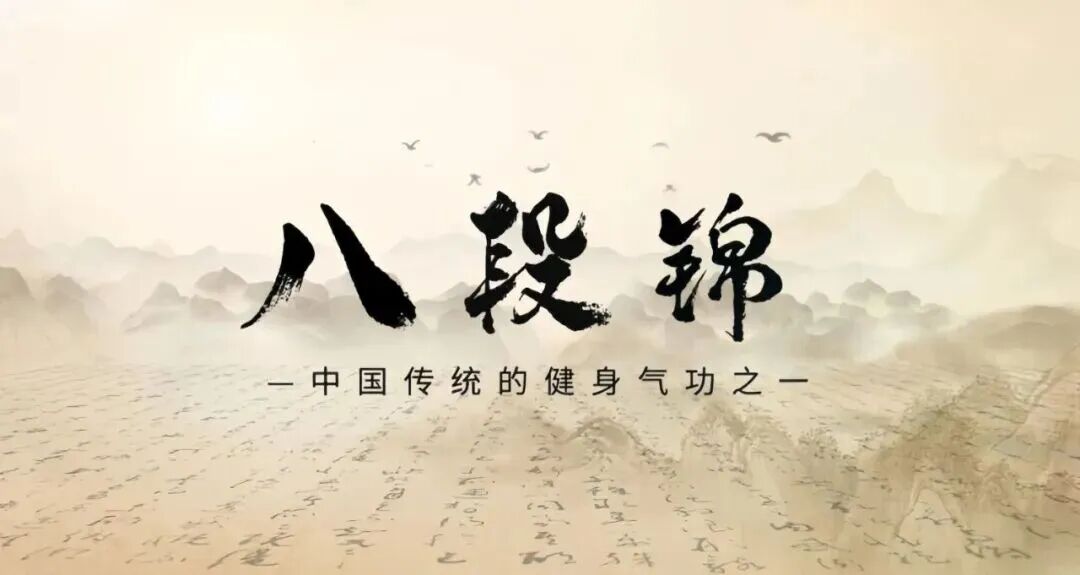
Beyond the quantifiable physiological improvements, Baduanjin carries a rich cultural and philosophical resonance deeply embedded in Chinese thought. It is a physical manifestation of the Daoist ideals of harmony and effortless action (wu wei). The practice encourages moving with the body's natural rhythms rather than forcing it, seeking a state of balance between effort and ease, activity and stillness, the tangible and the subtle. It embodies the fundamental TCM concept of holistic health, where physical symptoms are understood as manifestations of underlying imbalances in the body's vital energy systems. Baduanjin acts as a practical tool to regulate and harmonize this internal landscape – clearing blockages, strengthening deficiencies, and smoothing the flow of qi and blood through the interconnected network of meridians. Each movement is often poetically linked to specific organs (Liver, Heart, Spleen, Lungs, Kidneys) and their associated emotional states according to TCM, reflecting the deep mind-body connection central to this tradition. Performing the sequence becomes more than just exercise; it is an act of self-care, a ritual of reconnection with one's inner state, and a moving meditation that cultivates a quiet mind and a peaceful spirit. This integration of physical health with mental tranquility and spiritual grounding is the core of its enduring wisdom.
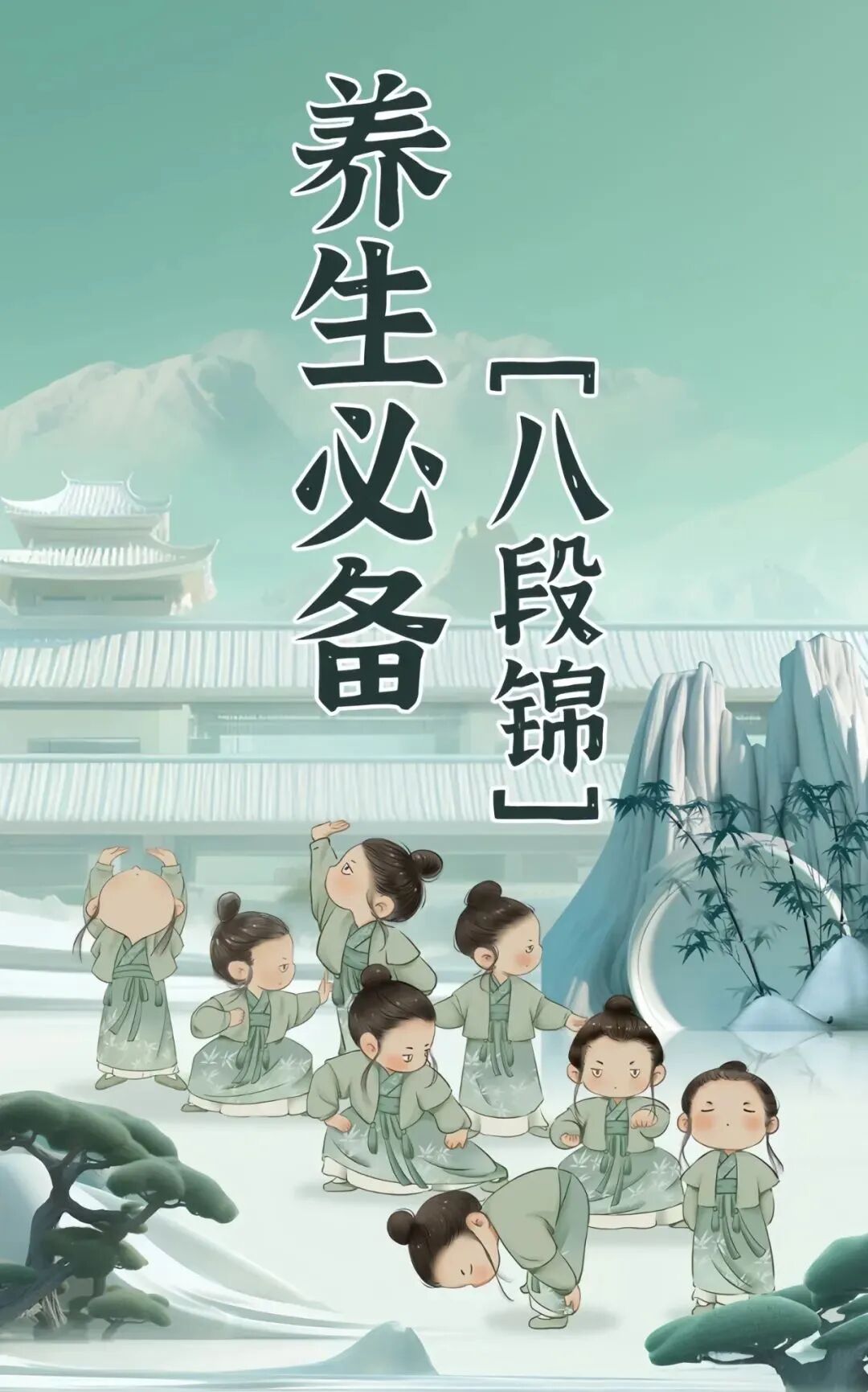
For the modern global citizen intrigued by this ancient practice, beginning the journey into Baduanjin requires remarkably little. No specialized equipment, expensive memberships, or large spaces are necessary – only comfortable clothing, a quiet spot, and a willingness to learn. Beginners are strongly encouraged to seek initial guidance, whether through qualified instructors offering classes worldwide, reputable online video tutorials, or well-regarded instructional books and apps. Starting with careful attention to the fundamental posture – feet shoulder-width apart, knees slightly bent, spine naturally elongated, shoulders relaxed, and gaze soft – establishes the essential foundation. Learning the precise alignment for each of the eight movements is paramount to ensure safety and effectiveness; rushing or forcing the body into positions undermines the very principles of the practice. Initially, coordinating the breath with the movements might feel challenging, but patience is key. Many practitioners find it helpful to focus first on mastering the physical sequence slowly, then gradually incorporating the deep, abdominal breathing – inhaling during expansive or upward motions, and exhaling during contracting or downward motions. Starting with just a few repetitions of each posture, perhaps performing the entire sequence once slowly, is perfectly adequate. Consistency, even for short periods (15-20 minutes) most days, yields far greater benefits than infrequent, longer sessions. The emphasis should always remain on cultivating awareness, relaxation, and smooth flow rather than achieving perfect form immediately. Listening deeply to the body's signals and respecting its limits prevents strain and allows the practice to unfold naturally over time. With regular engagement, the subtle shifts – the feeling of greater ease in movement, a calmer mind, a deeper breath, a heightened sense of presence – gradually become apparent, reinforcing the commitment to this gentle path.
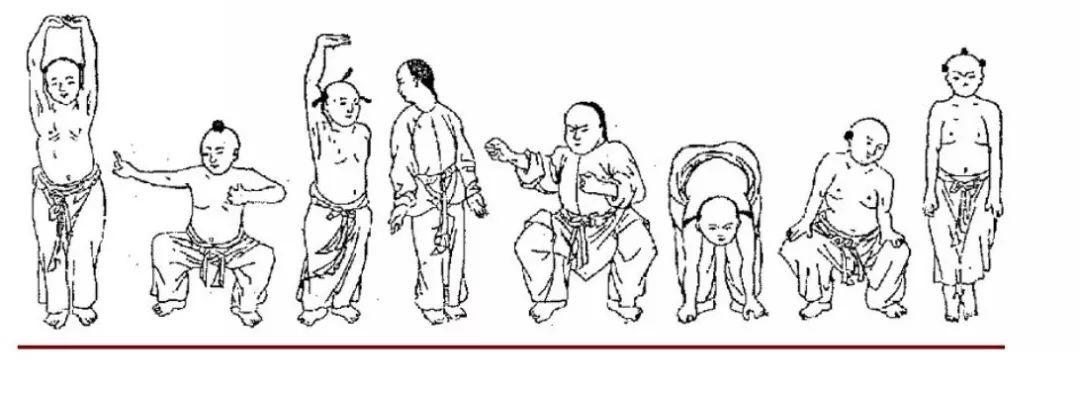
The enduring legacy of Baduanjin, recognized by UNESCO as part of China's intangible cultural heritage, speaks volumes about its intrinsic value. In a contemporary world saturated with high-intensity workouts and constant digital stimulation, Baduanjin offers a vital counterpoint. It stands as a sanctuary of slowness, a reminder that profound restoration and holistic health can arise not from exertion alone, but from mindful presence, coordinated breath, and graceful, intentional movement. Its accessibility dissolves barriers, inviting individuals of all backgrounds and abilities to engage in a practice refined by centuries of devoted transmission. More than merely a set of exercises, Baduanjin is a living tradition – a moving meditation that cultivates resilience from within, harmonizes the vital forces of life, and fosters a profound sense of inner peace. As the "Eight Pieces of Brocade" continue to unfold gracefully across the globe, they offer not just physical suppleness or stress relief, but a timeless invitation to weave greater balance, vitality, and mindful awareness into the very fabric of one's daily existence, proving that the simplest movements, performed with presence and care, can indeed become a precious silk thread guiding us towards enduring well-being. Its quiet power resonates precisely because it meets a fundamental human need – the need to reconnect with ourselves, breathe deeply, move with purpose, and find stillness amidst the flux, making this ancient Chinese art a truly precious gift for the modern world.



